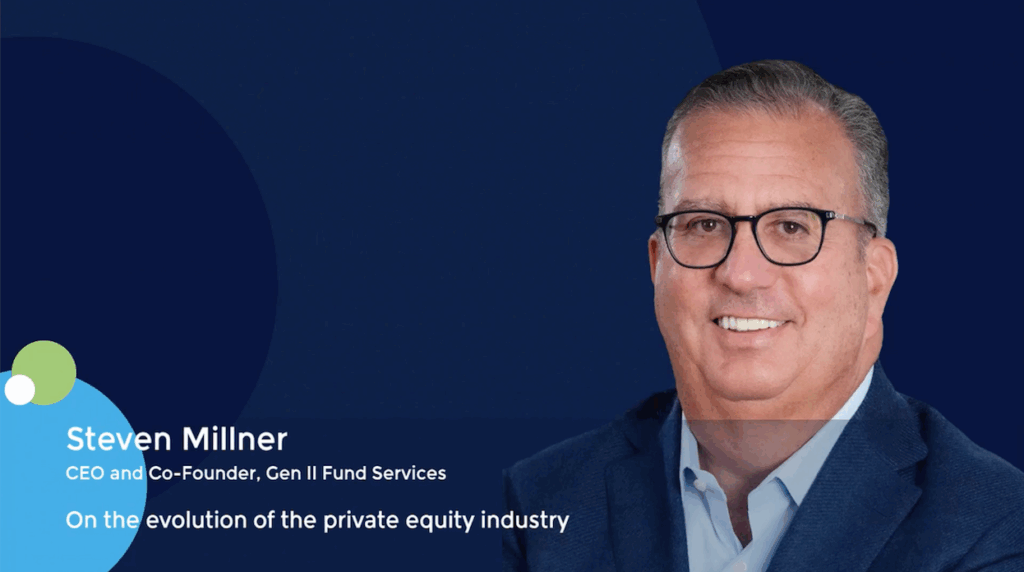Quadria Capital navigates shifting LP sentiment amid Fund III close
Singapore healthcare investor Quadria Capital garnered larger reups and interest from a new pool of investors for its latest India and Southeast Asia-focused fund, which recently closed on USD 1.07bn, exceeding a target of USD 800m. This coincided with a shift in attitude among LPs.
“The LP mindset has changed to a large extent. We’ve seen that in the overall sentiment towards private equity fundraising globally, not just in Asia. But in Asia, it’s far more pronounced,” said Abrar Mir, co-founder and managing partner at Quadria, describing DPI (distributions to paid-in) as “the new cash-on-cash return” and the critical success barometer for LPs.
“We in Asia are always criticised, in even the best of times, of being good at top-line revenue growth in our portfolio companies or NAV [net asset value] growth in our portfolio construct, but very poor in actual DPI. Frankly, that’s been a criticism of Asian managers, particularly of managers in the mid-market, which is where we operate.”
Fund III represents a step up from Fund II, which closed on USD 595m in 2020. Getting there was a more than two-year process, with Quadria securing extensions to the fundraising period from LPs after reaching a first close of USD 500m in October 2023.
However, the Fund III corpus is notable in featuring fresh commitments from institutional investors across the Gulf Cooperation Council (GCC) as well as from major banks, insurance companies, and family offices in India.
GCC members comprise about 5% of the LP base, while India is about 5%-7%. Mir described these pools of capital as nascent, with hopes that they would grow long-term in future fundraises. As in the prior vintage, most of the money came from institutional investors in North America and Europe.
Money back
Quadria claims it helped build fundraising momentum by successfully countering the Asia illiquidity stereotype. Recent exits include Singapore-based Royal Healthcare, which was sold back to the founders in late 2024. Mir declined to comment on the return. Last month, Royal Healthcare was acquired by Japanese trading group Sojitz Corporation.
The private equity firm has also made the most of India’s buoyant public markets in the past 24 months, with IPOs for Concord Biotech and Akums Drugs & Pharmaceuticals generating a full exit and a partial exit, respectively. Meanwhile, Vietnam’s FV Hospital was exited through a trade sale to Thomson Medical Group for USD 377m, generating a 2.6x return.
Public listings comprise a small part of Quadria’s exit plan for portfolio companies. Only about 10% have taken this route historically. The rest are largely trade sales to global and regional strategics followed by sponsor-to-sponsor sales.
“This is deliberate because the capital markets can always play a very incremental role in exits, but they can’t play a dependability role, because IPO windows open and close,” said Mir. “We always try to plan for having a more defensible and predictable strategic or financial sale of the asset.”
Creature of habit
Fund III is already 40% deployed, having committed USD 102m to dialysis services provider NephroPlus, USD 100m to contract research, development, and manufacturing organisation (CRDMO) Aragen Life, and USD 155m to eyecare hospital chain Maxivision. All three are minority equity investments. They are also India-based companies.
The goal is to build a portfolio of 10 companies, including significant minority and majority stakes. An investment in a Southeast Asian company is expected to come in the next few weeks, Mir added.
Quadria is looking at potential investments in the GCC with Fund III. The Gulf is a natural next step in many portfolio companies’ broader expansion plans, which makes a case for Quadria to explore opportunities in the region too, Mir observed. This is supported by deepening economic and political ties between the region and Asia.
Quadria prides itself on being a creature of habit. Even with a bigger corpus, it does not want that to prompt a shift in strategy. “We have a very clear idea of what’s worked well for us in the past, and we will continue to focus on that,” said Mir.
The firm’s typical equity cheque size will increase in step with the larger fund. Mir noted that this is also a reflection of the need larger capital commitments in India and Southeast Asia’s fast-growing healthcare markets.
“What we’ve got to do is still try to invest in the highest quality businesses at the most attractive price. In Asia, the real pathway for delivering superior economic returns isn’t a binary correlation to what the valuation is. It’s more of a binary correlation in terms of who can execute the pathway to growth best,” added Mir.
“When we invest, we’re looking for the highest quality businesses that we think will emerge as the future giants of the industry.”











